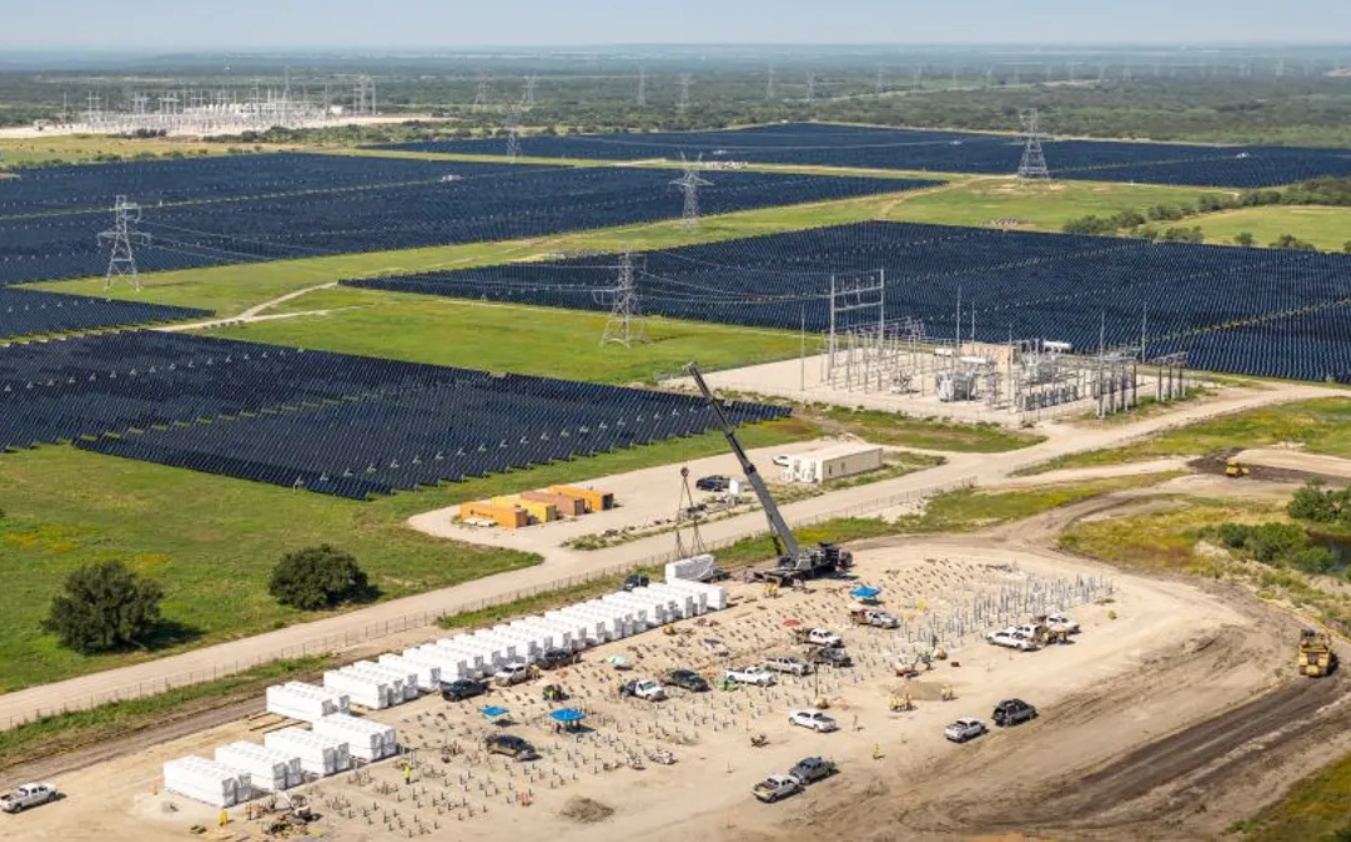
Featured Articles
Last week, we witnessed one of the sharpest market drops in months, and this time, it wasn’t because of inflation, war, oil, or central banks lighting the fuse. It was something far stranger: fears that the AI boom has officially crossed into bubble territory.
On both sides of the Atlantic, markets bled red.
The U.S. tech-heavy Nasdaq was hit hardest, with major European indices following in lockstep.
And the stocks that led the selloff? Exactly the names investors were celebrating only a few weeks ago …
The AI darlings. And they lost tens of billions in market value in a matter of hours. But it’s not those losses that represent the bigger story here. No, the bigger story is that investors are finally asking whether the growth story got ahead of reality.
Spoiler alert: It did.
While AI demand is very real and continues to grow rapidly, legitimate concerns are piling up:
- Runaway valuations on chipmakers, model developers, and cloud infrastructure companies
- Slowing revenue expectations after months of torrid hype
- Massive capex burn that even the largest tech firms can’t sustain forever
- Early cracks in AI monetization – lots of usage, far less profit
- Competition escalating faster than projected
The question for a lot of investors now, though, is: are we actually in an AI bubble?
To be clear, AI is transformative. But tech bubbles aren’t always about the value of technology. Typically, they’re about unrealistic expectations.
Last week’s selloff wasn’t about AI’s usefulness. It was about timelines and profitability. And here’s the truth that no one wants to say out loud …
Companies are spending billions building AI infrastructure long before we know how much money AI will reliably make. That imbalance can’t last forever, and investors are starting to price that risk in – suddenly, aggressively, and all at once.
This is the moment where we have to separate hype from substance. So here’s how I see it …
- Companies with real, defensible AI revenue will survive the volatility.
- Companies burning cash to “chase the narrative” will get exposed.
- Infrastructure – power, cooling, chips, storage – remains essential, but the market will demand proof of sustainable demand, not just big promises.
To be frank, AI didn’t actually cause the selloff. Investor expectations did.
What we’re seeing is a long-overdue reset. Not the death of the AI revolution.
To be fair, every technology boom goes through this phase.
We saw this in the dot-com era, in renewable energy, and in mobile computing. All of these saw massive shakeouts before the true leaders emerged. AI is now entering that same sorting period.
Indeed, the bubble fear is real, but the opportunity on the other side? Even bigger.
Invest accordingly.



